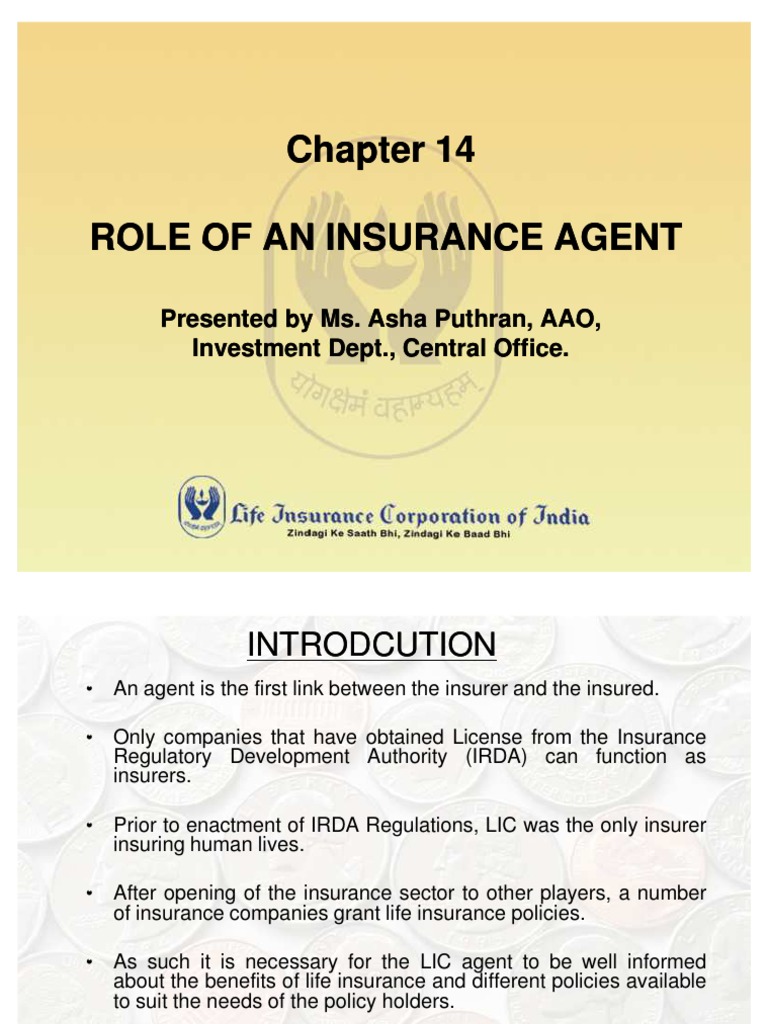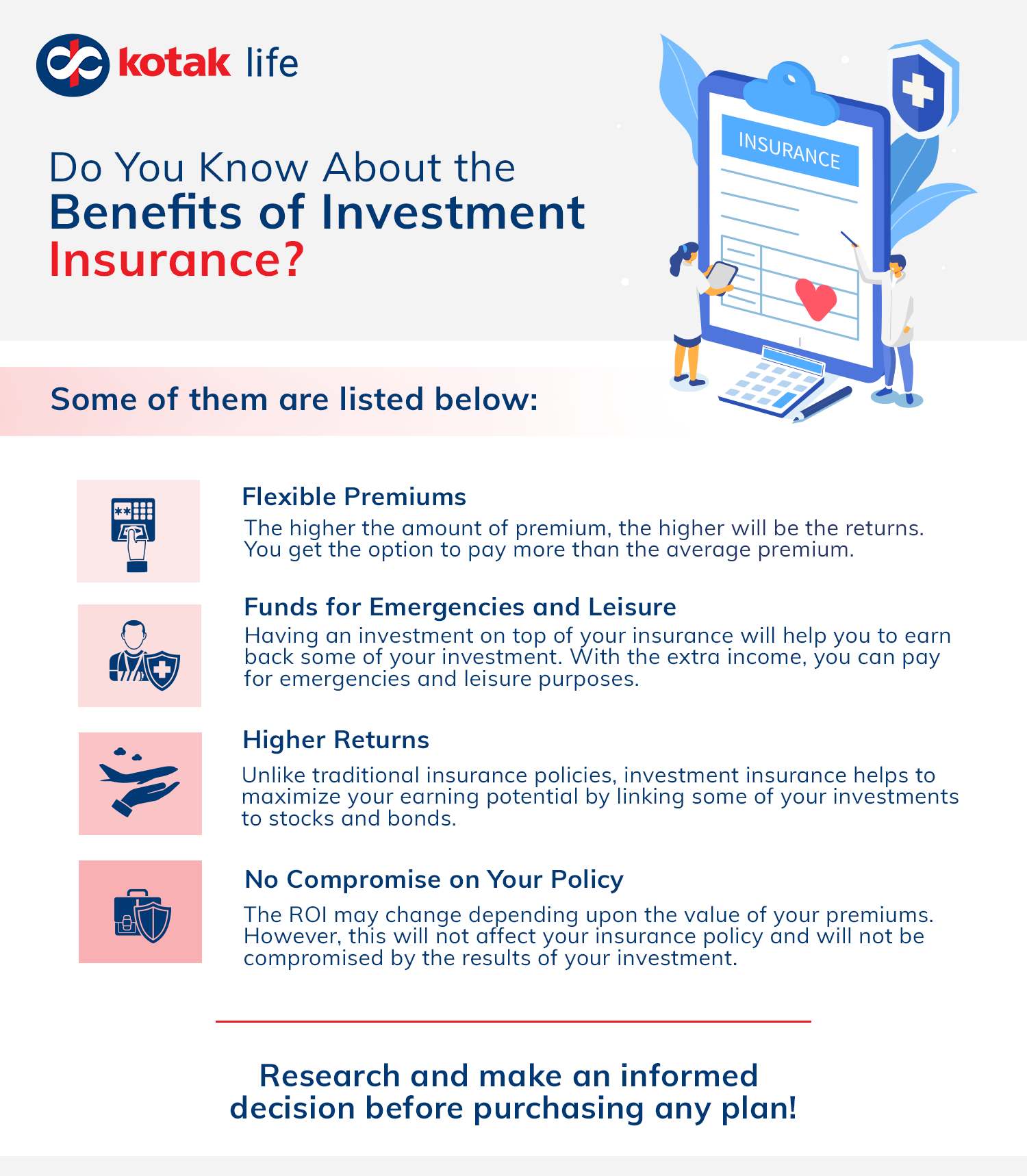Our Pacific Prime Ideas
Table of ContentsSome Ideas on Pacific Prime You Need To KnowEverything about Pacific PrimeThe Buzz on Pacific PrimeHow Pacific Prime can Save You Time, Stress, and Money.Little Known Facts About Pacific Prime.

This is since the information were collected for a duration of solid economic performance. Of the approximated 42 million individuals who were without insurance, just about regarding 420,000 (about 1 percent) were under 65 years of age, the age at which most Americans come to be qualified for Medicare; 32 million were adults in between ages 18 and 65, around 19 percent of all grownups in this age group; and 10 million were children under 18 years of age, about 13.9 percent of all kids (Mills, 2000).
These price quotes of the variety of individuals without insurance are generated from the annual March Supplement to the Present Populace Study (CPS), conducted by the Census Bureau. Unless otherwise kept in mind, nationwide price quotes of individuals without health insurance coverage and percentages of the populace with various sort of protection are based on the CPS, the most commonly utilized resource of quotes of insurance policy protection and uninsurance prices.
Examine This Report on Pacific Prime

Still, the CPS is especially useful due to the fact that it generates yearly quotes relatively quickly, reporting the previous year's insurance policy protection estimates each September, and because it is the basis for a consistent collection of estimates for more than two decades, permitting analysis of fads in insurance coverage in time. For these reasons, along with the substantial use of the CPS in other researches of insurance protection that exist in this report, we count on CPS quotes, with limitations kept in mind.

The price quote of the number of without insurance people expands when a populace's insurance policy condition is tracked for a number of years. Over a three-year period beginning early in 1993, 72 million individuals, 29 percent of the united state populace, were without coverage for at least one month. Within a single year (1994 ), 53 million people experienced a minimum of a month without protection (Bennefield, 1998a)
Six out of every ten without insurance grownups are themselves employed. Functioning does enhance the possibility that one and one's household members will certainly have insurance, it is not a warranty. Even participants of families with 2 full time wage income earners have practically a one-in-ten chance of being without insurance (9.1 percent uninsured price) (Hoffman and Pohl, 2000).
Pacific Prime Can Be Fun For Everyone
New immigrants make up a considerable percentage of people without medical insurance. One evaluation has associated a substantial section of the recent growth in the dimension of the united state without insurance populace to immigrants that got here in the country between 1994 and 1998 (Camarota and Edwards, 2000). Recent immigrants (those who pertained to the USA within the previous four years) do have a high price of being uninsured (46 percent), yet they and their children account for just 6 percent of those without insurance coverage across the country (Holahan et al., 2001).
The partnership in between medical insurance and access to care is well established, as documented later in this chapter. The relationship between wellness insurance coverage and health and wellness outcomes is neither straight neither basic, a substantial medical and health services research literary works web links health and wellness insurance coverage to improved accessibility to care, far better top quality, and enhanced personal and populace health and wellness condition.
Degrees of evaluation for taking a look at the impacts of uninsurance. This discussion of medical insurance coverage concentrates mostly on the U.S. populace under age 65 since virtually all Americans 65 and older have Medicare or various other public protection. Furthermore, it concentrates specifically on those with no medical insurance for any type of size of time.
Getting The Pacific Prime To Work
The issues encountered by the underinsured remain in some aspects comparable to those dealt with by the uninsured, although they are typically less severe. international travel insurance. Uninsurance and underinsurance, nonetheless, entail clearly various policy issues, and the strategies for link resolving them might vary. Throughout this research study and the five reports to adhere to, the major focus is on persons without wellness insurance and hence no aid in spending for healthcare past what is offered with charity and safety internet establishments
Medical insurance is a powerful variable influencing receipt of treatment since both clients and physicians reply to the out-of-pocket price of services - https://www.indiegogo.com/individuals/37416909. Health insurance, nonetheless, is neither essential neither adequate to access to clinical solutions. The independent and direct result of wellness insurance coverage on access to wellness solutions is well developed.
Others will get the healthcare they need even without medical insurance, by paying for it expense or seeking it from providers that offer treatment complimentary or at highly subsidized rates. For still others, medical insurance alone does not make certain receipt of care since of various other nonfinancial barriers, such as an absence of health care providers in their neighborhood, minimal access to transportation, illiteracy, or etymological and social differences.
Pacific Prime Can Be Fun For Everyone
Official research about uninsured populations in the United States dates to the late 1920s and early 1930s when the Committee on the Expense of Treatment created a collection of records regarding funding doctor workplace brows through and hospital stays. This concern came to be significant as the varieties of clinically indigent climbed up throughout the Great Clinical depression.
 Jennifer Love Hewitt Then & Now!
Jennifer Love Hewitt Then & Now! Michael Jordan Then & Now!
Michael Jordan Then & Now! Robbie Rist Then & Now!
Robbie Rist Then & Now! Brooke Shields Then & Now!
Brooke Shields Then & Now! Stephen Hawking Then & Now!
Stephen Hawking Then & Now!